VW’s Damage Table Meeting
When we consider the recent Department of Justice (DOJ) charge against former CEO and chair of the management board of Volkswagen AG (VW), Martin Winterkorn, there can be at least three lessons learned:
- Fudge Factor Thinking creates dangerous blind spots.
- Crisis management skills can be the most important to master.
- The cover-up is often worse than the original act.
The Justice Dept, FBI, and EPA worked together to hold senior VW management—arguably the most important gatekeepers for the company—accountable for intentional decisions to use technology to avoid compliance. On May 3, 2018, the DOJ charged Winterkorn with conspiracy and fraud in connection with a long-term scheme to circumnavigate the US diesel emissions requirements. Allegations about the CEO-led cover up involve an approved script of talking points to deceive regulators and an executive planning meeting—known as the Damage Table Meeting—to determine strategy and tactics for the cover-up using a detailed PowerPoint.
One could envision the Fudge Factor Thinking at the Damage Team Meeting of senior executives. Perhaps they didn’t believe the emissions regulations were necessary or effective; perhaps they didn’t think the emissions could actually cause harm to the environment or the air we breathe in the US. This double self-deception of rationalization arguably led to their criminal liability. The allegations portend the executives acted blindly without regard to accountability as corporate control persons, officers, and gatekeepers. It’s a good reminder to include control person liability in any manager training.
Even referring to their meetings as “The Damage Table Meeting” shows the corporate infrastructure was present for crisis management, but when values lean toward transactions and damage control without equal analysis of the implications of mitigating damages with disclosure or self-reporting, it appears as though the corporate governance was inadequate. Crisis management should involve disinterested analysis of the root cause, brand credibility, and compliance and legal liabilities. Those in charge of the breach should not be in charge of the crisis management. In your organization, when there is a data breach, large processing error, or customer problem is it resolved by those who cause it? Take this opportunity to review how a crisis is handled in your organization—Compliance and those that weren’t involved in the problem should help make decisions about how to manage the crisis.
We commonly see cover-ups as part of corporate scandals. This VW case is unique in that the blatant cover-up occurred in a management off-site meeting—a forum typically reserved for strategic business planning. Take a look at VW’s new sixty-eight-paged Code of Ethics: https://www.volkswagenag.com/en/group/compliance-and-risk-management/compliance.html.
What do you think about the message? Audit your own Code of Ethics and make sure there is buy-in for the values and that the values align with organizational priorities.
Technology was at the heart of this scandal. VW used “defeat devices” to affirmatively detect and evade emissions testing. The final lesson from the Damage Table is to make sure your surveillance technology is targeted to your business. Compliance needs to partner with the business to calibrate its surveillance, otherwise it will miss the important risks that can systemically impact an organization. In this case, the regulators discovered the conspiracy and fraud because an employee decided to go off-script and ignore instructions from the Damage Table Meeting. This is another important reminder—engaged employees can be the best gatekeepers.
At the core of effective crisis management is compliance. In my book, How to Deliver Triple Bottom-Line Compliance. I go in-depth into how Sustainable Governance affects the bottom-line, the strategies that help take Compliance from the basics to beyond, and the skills that COs need to succeed in this new paradigm. Take my assessment to see how your program stacks up: Is Your Compliance Program Delivering a Triple Bottom-Line?



